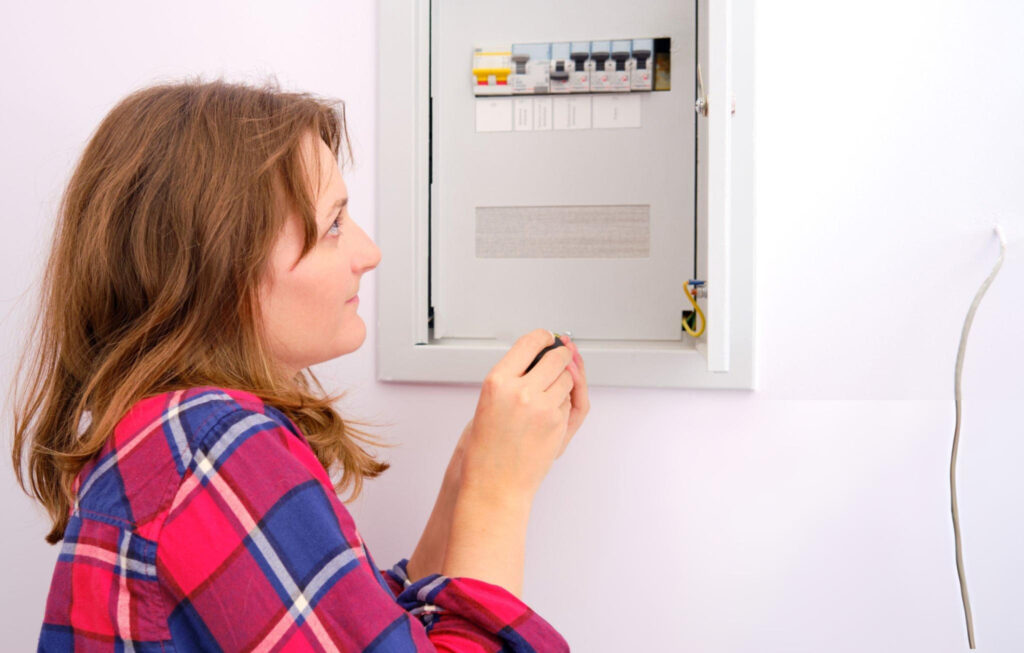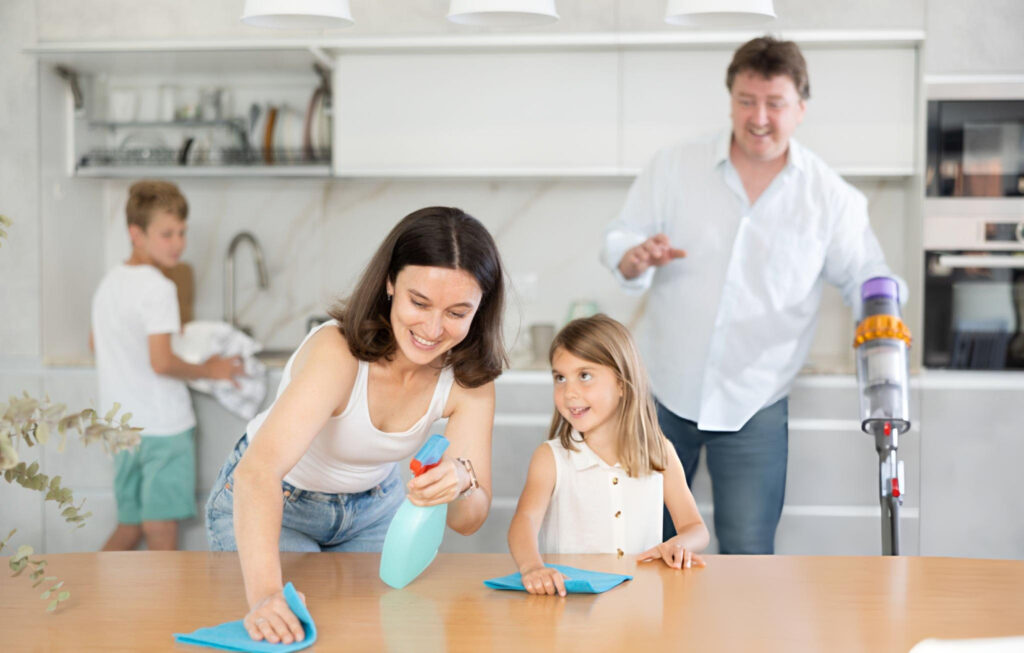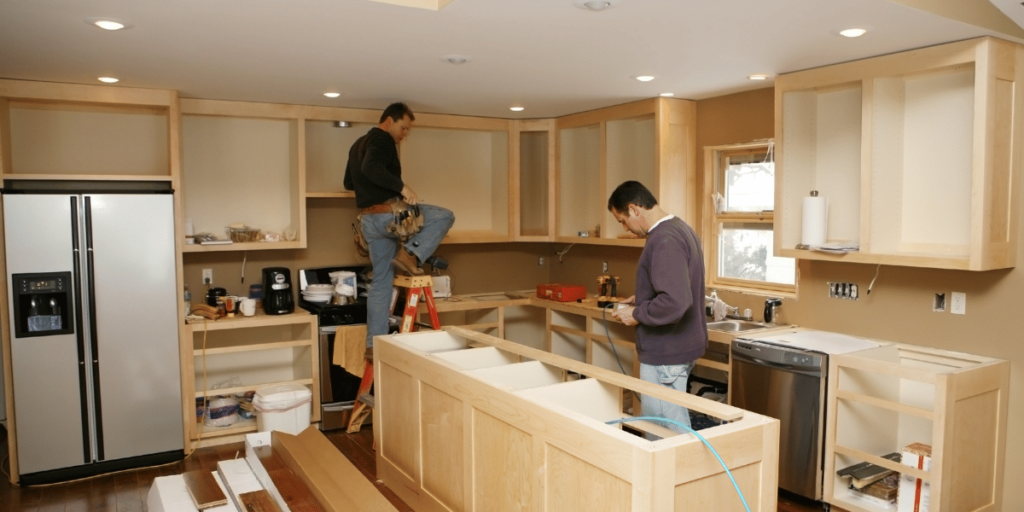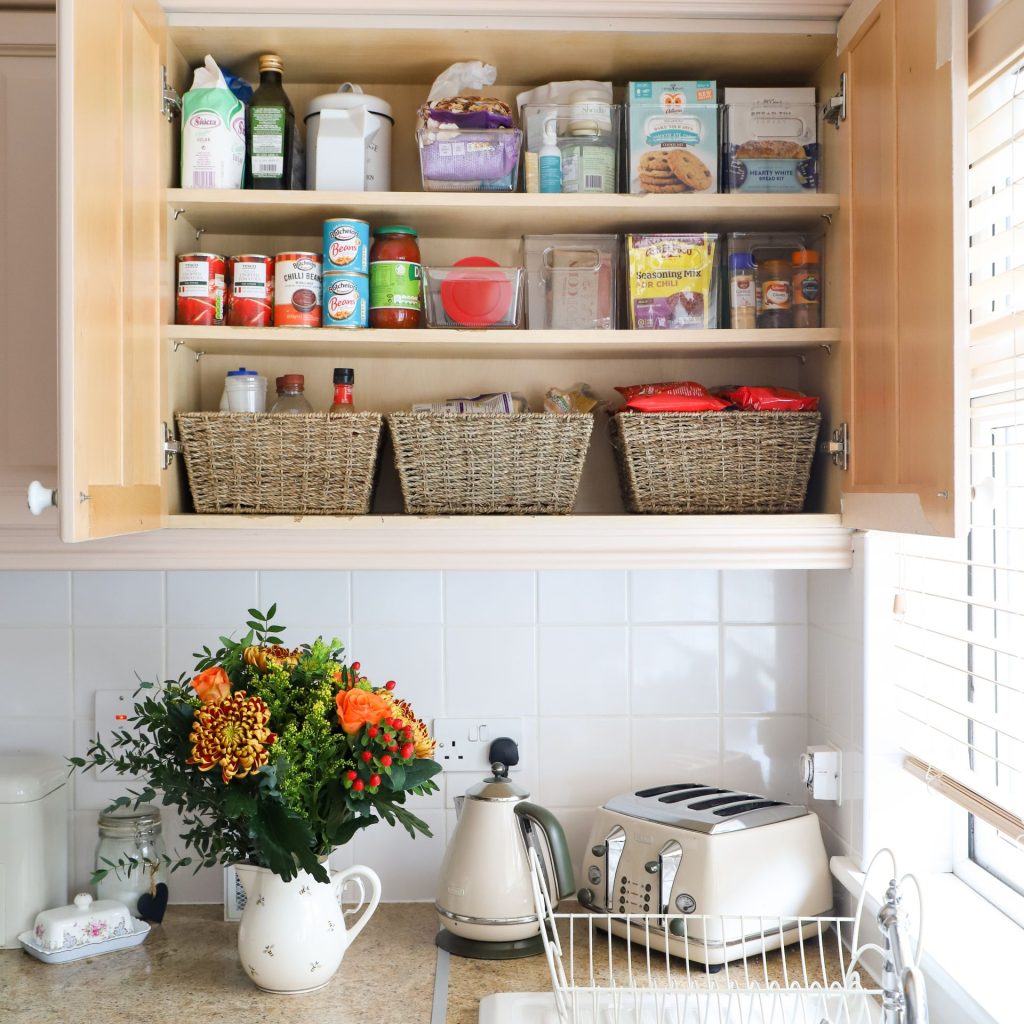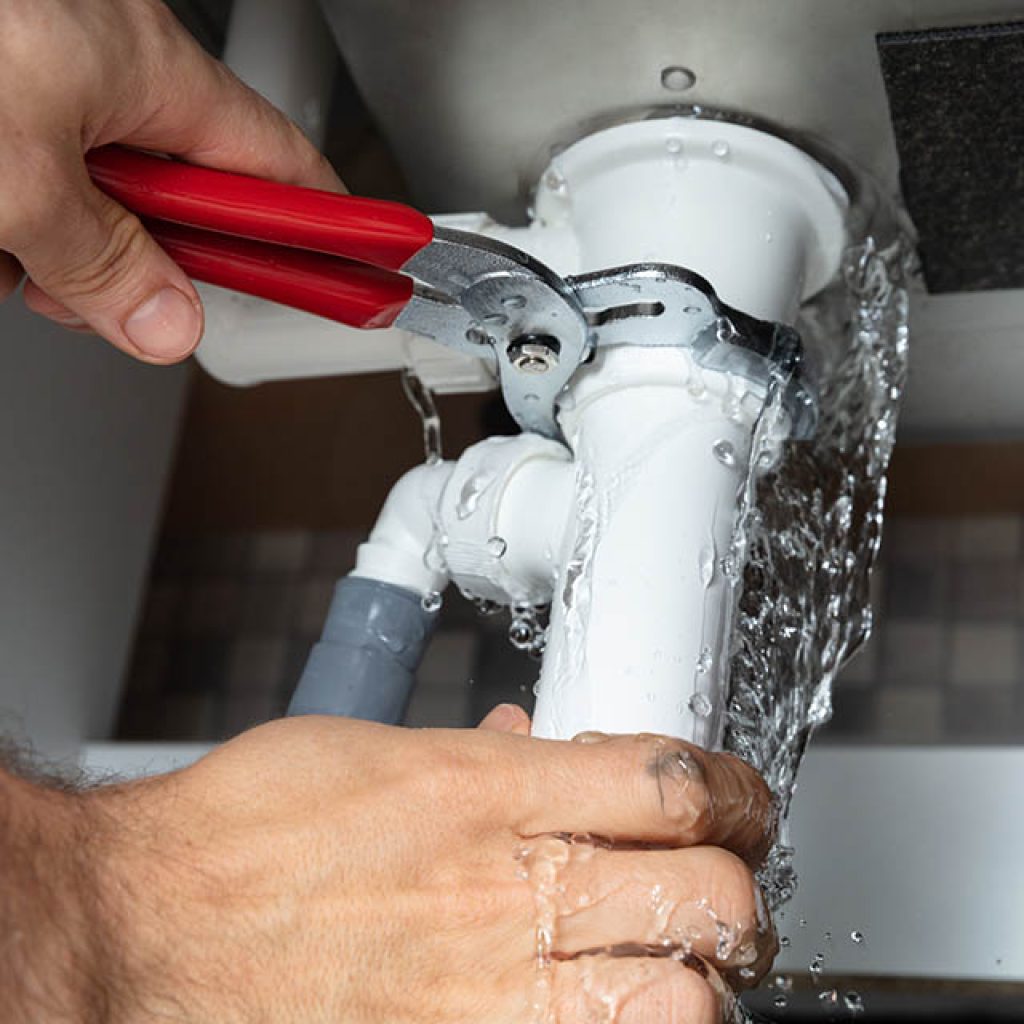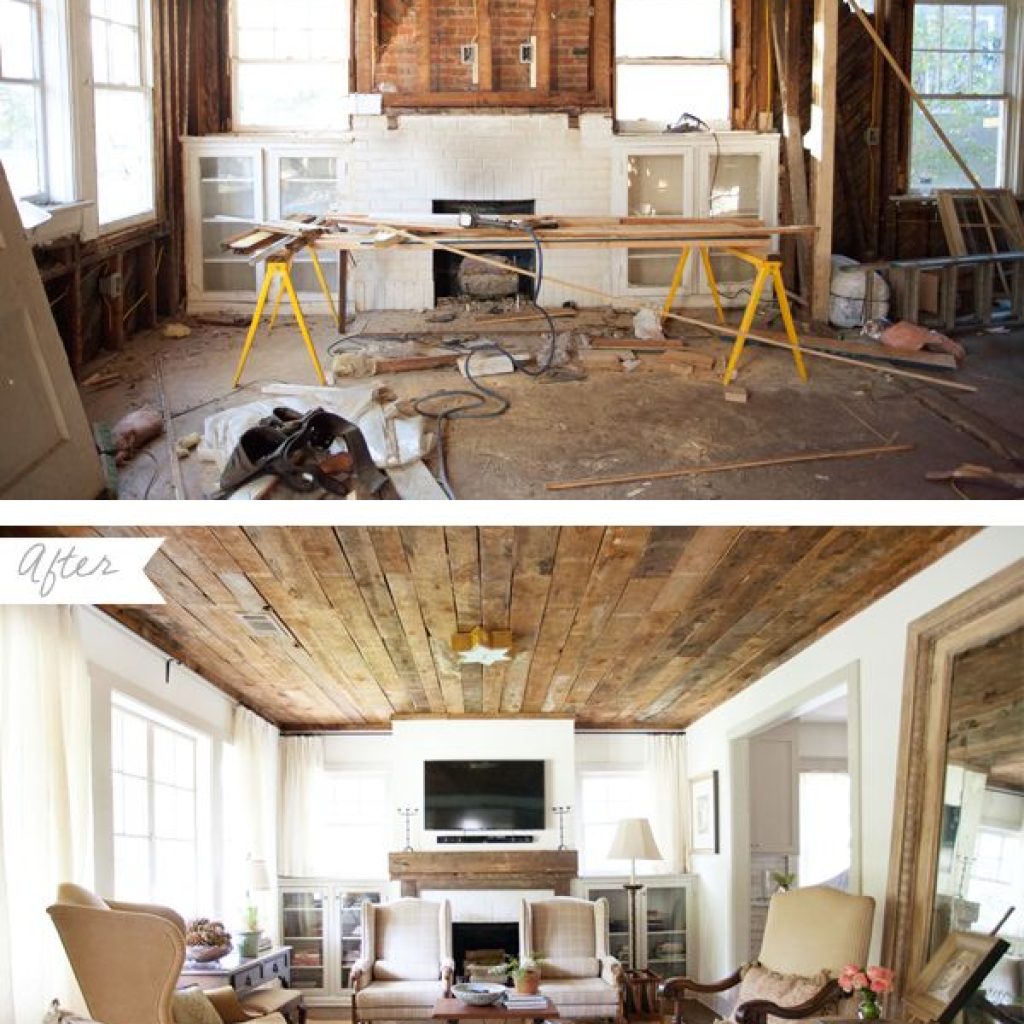Damaged laminate flooring can be frustrating, but with this guide on how to repair damaged laminate flooring at home, you can fix it yourself.
Knowing how to repair it saves money and keeps your home looking great. Laminate flooring is popular for its durability and style. Yet, even the best floors can get scratched or dented over time. Whether it’s a small scratch or a larger issue, many repairs are simple.
This guide will show you easy steps on how to repair damaged laminate flooring at home. With a bit of effort, your laminate flooring can look new again. Ready to tackle that damage?
Let’s get started on making those repairs at home.
Assessing Damage
Before you start learning how to repair damaged laminate flooring at home, take a moment to assess the damage. Knowing the extent of the problem will help you choose the right repair method and gather the right materials. Whether you’re dealing with scratches, chips, or water damage, identifying the problem areas and understanding the types of damage can save you time and effort.
Identify Problem Areas
Start by walking around the room and closely inspecting your laminate flooring. Pay special attention to high-traffic areas, as they are more prone to wear and tear. Use a flashlight if necessary to spot less obvious issues. Look out for:
- Scratches: These are common, especially if you have pets or frequently move furniture.
- Chips: Small pieces of the laminate may break off, leaving noticeable gaps.
- Buckling: This occurs when the laminate planks are not properly installed or there is excessive moisture.
- Water Damage: Spills and leaks can cause the laminate to swell and warp.
Types Of Damage
Understanding the different types of damage will help you decide on the best repair approach. Here are the most common types:
| Type of Damage | Description |
|---|---|
| Surface Scratches | Minor scratches that affect the top layer of the laminate, often caused by daily use. |
| Deep Gouges | More severe than surface scratches, deep gouges penetrate deeper into the laminate layers. |
| Chipping | Pieces of the laminate break away, creating gaps and uneven surfaces. |
| Water Damage | Caused by moisture seeping into the laminate, leading to swelling, warping, and buckling. |
By identifying the problem areas and understanding the types of damage, you can better plan your repair strategy. Remember, the key is to be thorough and meticulous in your assessment. After all, a well-prepared repair job leads to a longer-lasting and more visually appealing floor.
Gathering Tools
So, you’ve noticed your laminate flooring is looking a bit worse for wear. Maybe there are scratches, dents, or even some lifting. Don’t worry, you can fix it! But before you roll up your sleeves, you need to gather the right tools. Let’s dive into the essentials and the optional extras you might need for a smooth repair process.
Essential Tools
First things first, let’s talk about the must-haves. These tools are crucial to successfully repairing your laminate flooring.
- Measuring Tape: Accurate measurements are key.
- Utility Knife: For precise cuts.
- Laminate Repair Kit: These kits usually include putty, a spatula, and color-matching compounds.
- Wood Glue: Essential for re-securing loose pieces.
- Clamps: Helps hold the flooring in place while the glue dries.
Having these tools at your disposal will make your repair task much easier. Trust me, you don’t want to be running back and forth to the hardware store in the middle of your project!
Optional Equipment
While the essential tools will get the job done, having some additional equipment can make the process smoother and more efficient.
- Rubber Mallet: Useful for gently tapping pieces into place without damaging them.
- Pull Bar: Helps in aligning the planks perfectly.
- Protective Gear: Safety goggles and gloves to protect yourself while working.
- Heat Gun: Can help soften adhesive for easier removal of damaged sections.
Think of these as your secret weapons. They’re not absolutely necessary, but they sure can save you a lot of time and hassle. Personally, I never start a flooring project without my trusty rubber mallet – it’s a game-changer!
Now that you’ve got your toolkit ready, you’re well on your way to restoring your laminate flooring to its former glory. Remember, the right tools can make all the difference. Ready to get started?
Preparing The Area
Before starting the repair of your damaged laminate flooring, it is crucial to prepare the area properly. This step ensures that the repair process goes smoothly and effectively. Preparing the area involves clearing the space and protecting the surroundings.
Clear The Space
First, remove all furniture from the room. This includes chairs, tables, and any other items on the floor. This will give you ample space to work. Next, sweep or vacuum the floor to remove dust and debris. A clean area makes the repair process easier. Finally, inspect the floor closely for any hidden damage.
Protect Surroundings
Protect the walls and baseboards with painter’s tape. This prevents accidental damage during the repair. Lay down a drop cloth or old sheets around the repair area. This catches any debris or adhesive spills. Ensure the area is well-ventilated to avoid inhaling fumes from adhesives or cleaners.
Removing Damaged Sections
Removing damaged sections of laminate flooring is an essential step in repair. It ensures a smooth and even surface. Damaged areas can make your floor look unsightly. They can also cause further issues if left untreated.
This guide will help you remove damaged sections easily. Follow these steps for a seamless repair process.
Cutting Techniques
Start by marking the damaged area with a pencil. Use a straight edge for accuracy. This step ensures you only remove the damaged part. Next, use a utility knife to score along the pencil lines. Make several shallow passes to avoid damaging nearby sections.
For larger areas, a circular saw may be needed. Set the blade depth to match the laminate thickness. Carefully cut along the marked lines. Use protective gear to keep safe.
Safe Removal
After cutting, gently lift the damaged section. Use a putty knife or pry bar. Insert it under the laminate and lift slowly. Be cautious not to damage adjacent planks.
If the section is glued, apply heat with a hairdryer. This softens the adhesive, making removal easier. Work slowly and patiently. Ensure the subfloor remains intact.
Once removed, clean the area thoroughly. Remove any debris or old adhesive. This prepares the surface for a new laminate piece.
Replacing Laminate Pieces
Repairing damaged laminate flooring can be a straightforward task. Sometimes, you might need to replace certain pieces to restore the floor’s look. This section will guide you through selecting new pieces and provide installation tips.

Selecting New Pieces
First, find laminate pieces that match your existing floor. Check the pattern, color, and thickness. Visit your local hardware store or check online. Bring a sample of your current floor. This helps ensure a close match. If you can’t find an exact match, choose the closest one available.
Installation Tips
Start by removing the damaged piece. Use a utility knife to cut around the edges. Pry it up gently with a crowbar. Clean the area thoroughly. Ensure there is no debris left. Place the new piece in the gap. Align it carefully with the surrounding pieces. Use a mallet to tap it into place. Check for tight seams. Make sure the piece is level with the rest of the floor. If necessary, use a laminate repair kit to fill small gaps. Allow any adhesive to dry completely before walking on the floor.
Fixing Minor Issues
Laminate flooring can get damaged over time. Minor issues like scratches and chips are common. You can fix these at home with simple tools. This guide will show you how.
Filling Scratches
Scratches on laminate flooring can be annoying. Use a laminate floor repair kit to fill them. Follow these steps:
- Clean the scratched area with a damp cloth.
- Dry it completely before starting the repair.
- Choose a filler that matches your floor color.
- Apply the filler to the scratch using a putty knife.
- Remove excess filler and let it dry.
- Buff the area with a soft cloth for a smooth finish.
Repairing Chips
Chips in laminate flooring are more noticeable. Fixing them is also easy. Here’s how:
- Clean the chipped area thoroughly.
- Use a laminate repair paste matching your floor color.
- Apply the paste to the chip with a putty knife.
- Smooth the surface and remove extra paste.
- Let it dry completely.
- Polish the area with a soft cloth.
These steps can make your floor look new again.
Ensuring A Seamless Finish
Ensuring a seamless finish when repairing damaged laminate flooring can be challenging. But with the right approach, your floor can look as good as new. Two key steps are critical: sanding the edges and matching the colors. By mastering these, you will achieve a flawless repair that blends perfectly with the rest of the floor.
Sanding Edges
Sanding the edges of the damaged area is essential. This step smooths out rough spots and prepares the surface for repair. Use fine-grit sandpaper for better control and precision. Gently sand the edges until they are even with the surrounding laminate. Be careful to not over-sand. This could cause further damage. Once done, clean the area with a damp cloth to remove dust and debris.
Matching Colors
Matching the color of the repair material with your existing floor is crucial. Start by finding a laminate repair kit that matches your floor’s color. These kits usually include fillers and markers. Test the color on a hidden spot first to ensure a good match. Apply the filler to the damaged area. Then, use the marker to blend the repair with the surrounding laminate. Allow it to dry completely. Check the result in various lighting conditions. Make adjustments if necessary.

Maintenance Tips
Keeping your laminate flooring in top shape requires regular maintenance. By following some easy tips, you can prevent damage and extend the life of your floors. Let’s explore these tips in more detail.
Regular Cleaning
Dust and dirt can scratch the surface of laminate flooring. Sweep or vacuum your floors daily to remove debris. Use a damp mop for deeper cleaning. Avoid soaking the floor with water. Excessive moisture can cause damage. Use a laminate floor cleaner for tough spots. Ensure the cleaner is suitable for laminate surfaces.
Preventing Future Damage
Place mats at entryways to trap dirt and moisture. Use furniture pads under chairs and tables to prevent scratches. Keep pet nails trimmed to avoid floor damage. Avoid walking on laminate with high heels or heavy boots. Place rugs in high-traffic areas to reduce wear and tear.
Fix any spills immediately to prevent stains and warping. Use a gentle cloth to blot the spill dry. Avoid using abrasive cleaners or tools on your laminate floors. These can cause scratches and damage.
Frequently Asked Questions
Can You Repair Damaged Laminate Flooring?
Yes, you can repair damaged laminate flooring. Replace individual planks or use laminate repair kits for minor damages.
How To Fix A Broken Laminate Floor Without Replacing It?
Use wood filler for small cracks. Replace damaged planks with matching ones. Use laminate floor repair kits for scratches.
Do Laminate Repair Kits Work?
Yes, laminate repair kits work effectively for minor damages. They can fix scratches, chips, and small holes, restoring the surface’s appearance.
How Do You Fix Bubbled Or Buckled Laminate Flooring?
Fix bubbled laminate flooring by reducing moisture, using a roller to flatten bubbles, and replacing damaged planks. Ensure proper expansion gaps.
Conclusion
Learning how to repair damaged laminate flooring at home is straightforward. Just follow the steps above—using basic tools, you can restore your floor’s beauty. Regular maintenance helps prevent future damage. Enjoy a fresh, clean look without professional help. Remember, practice makes perfect, and these tips will help keep your flooring in top shape.
Happy repairing!

